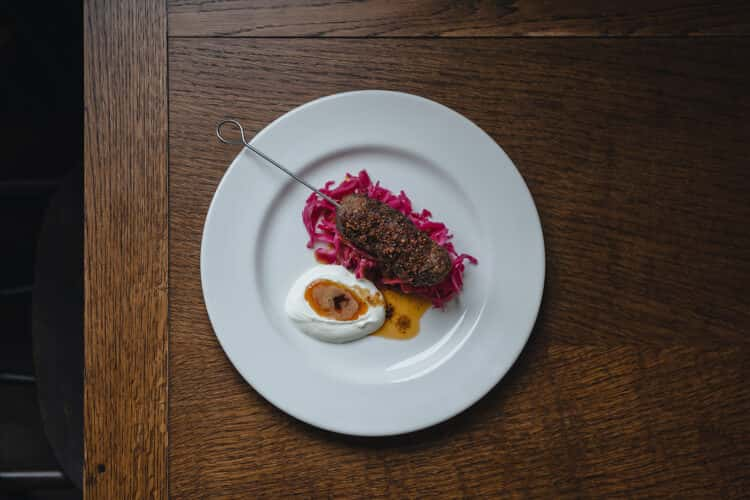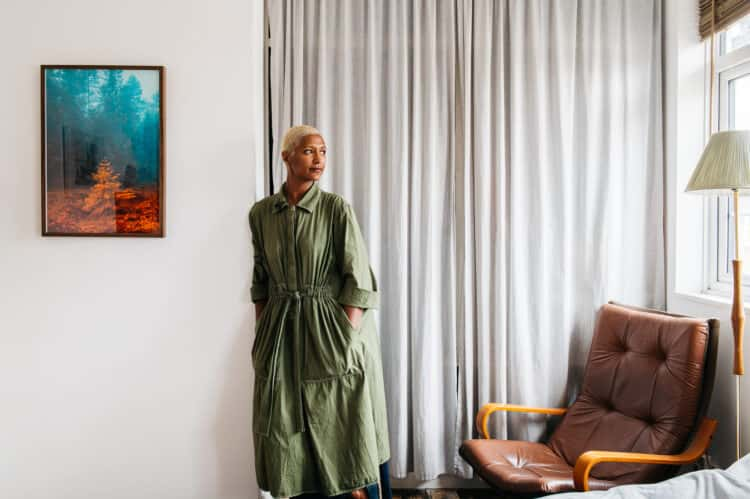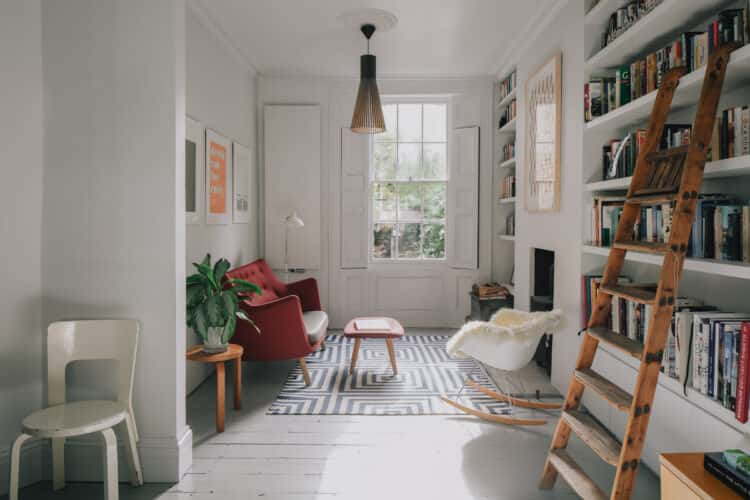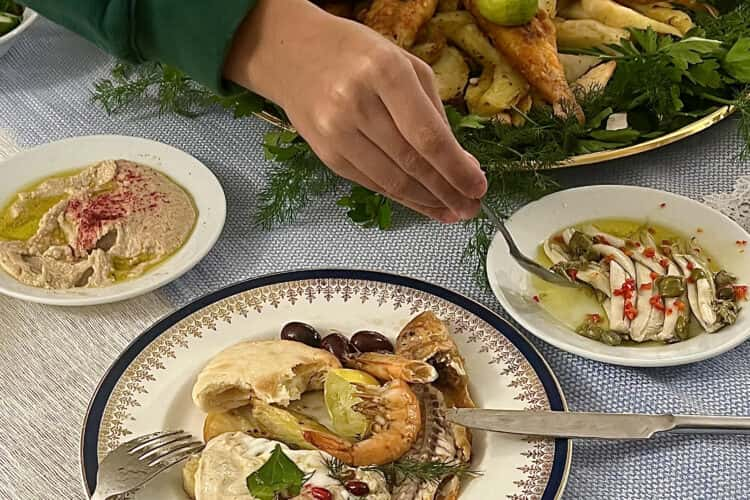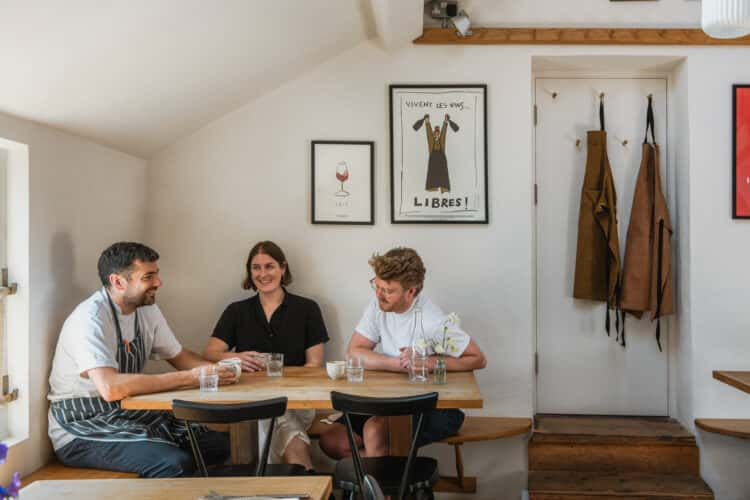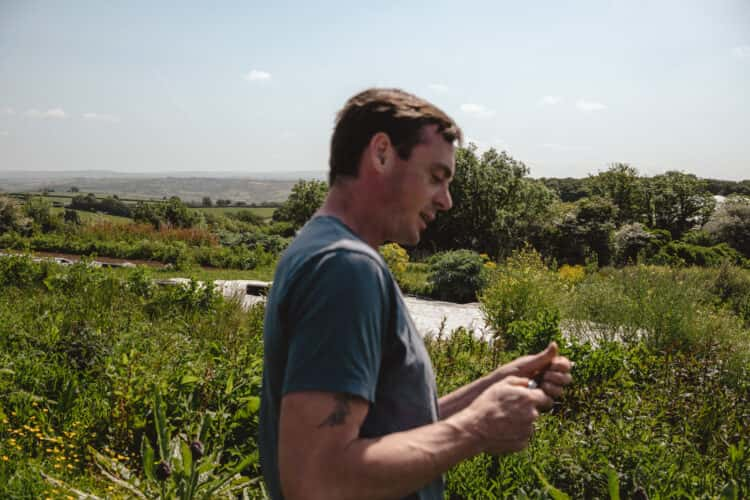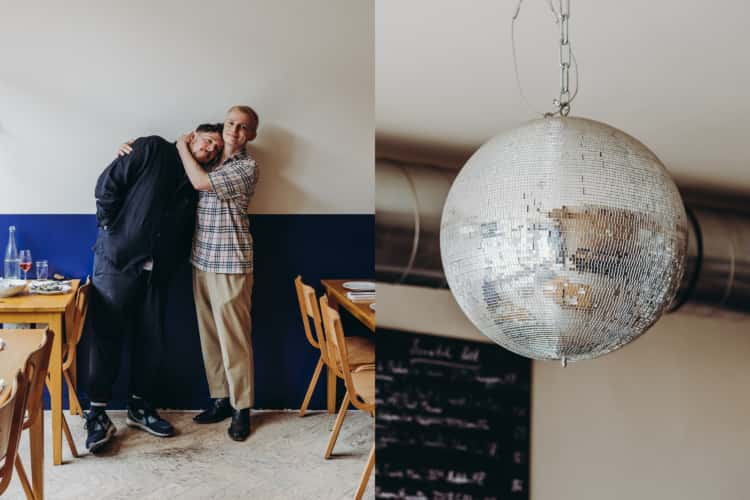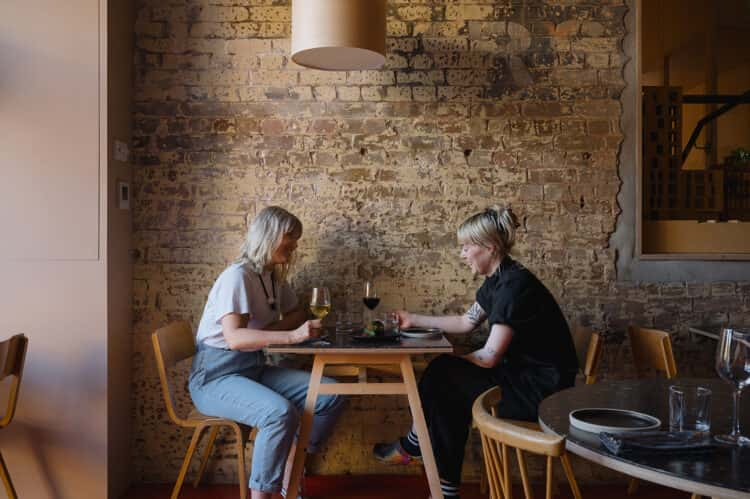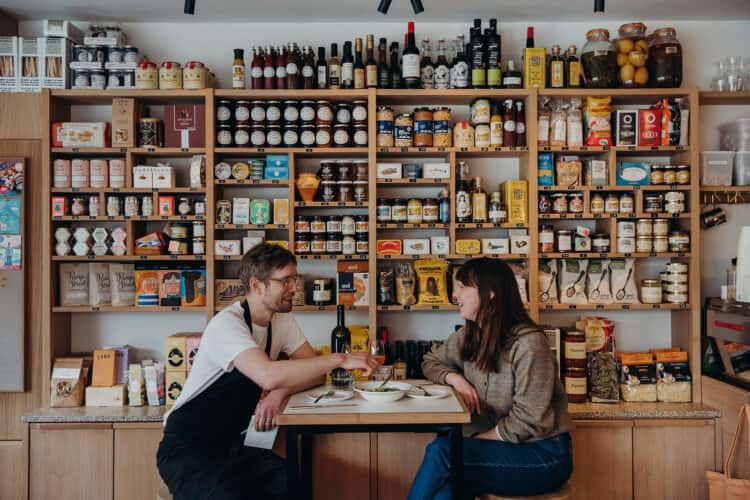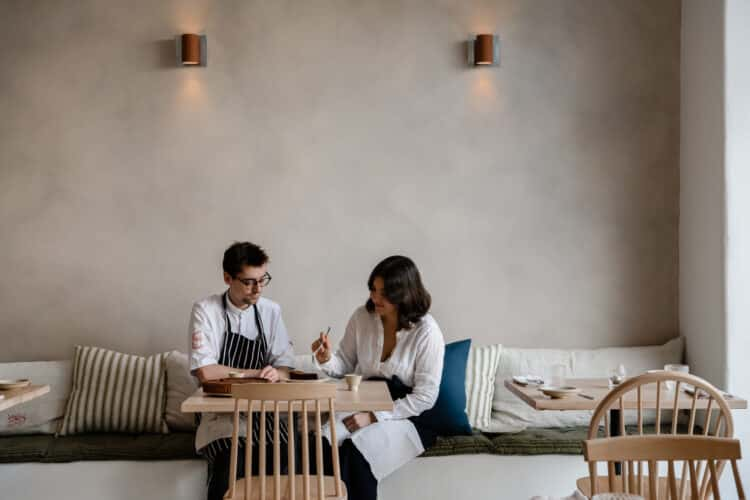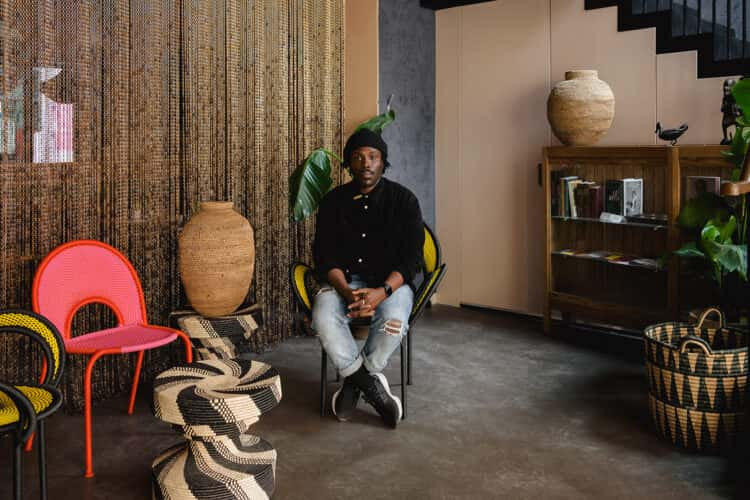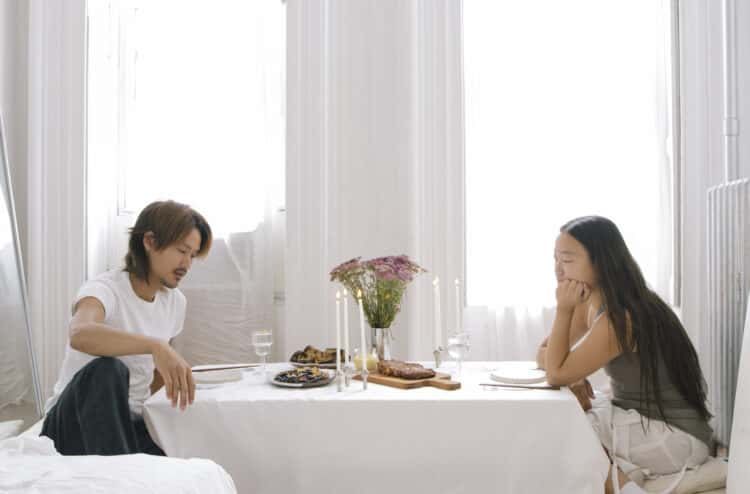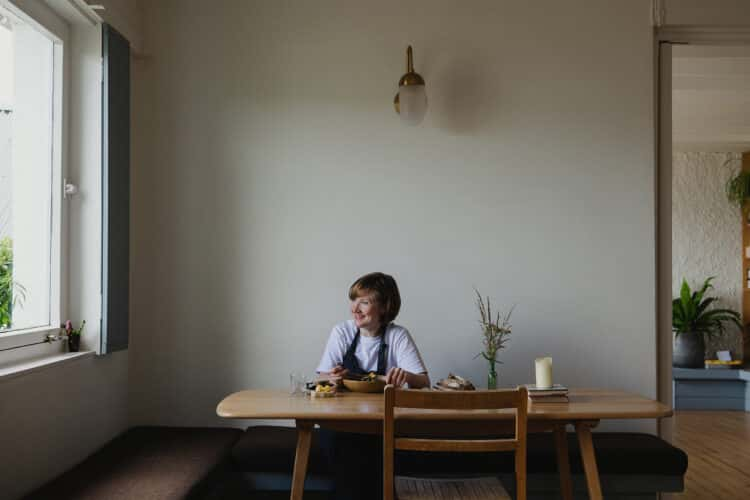The brilliance of The Baring, the food-first neighbourhood pub in Islington, north London
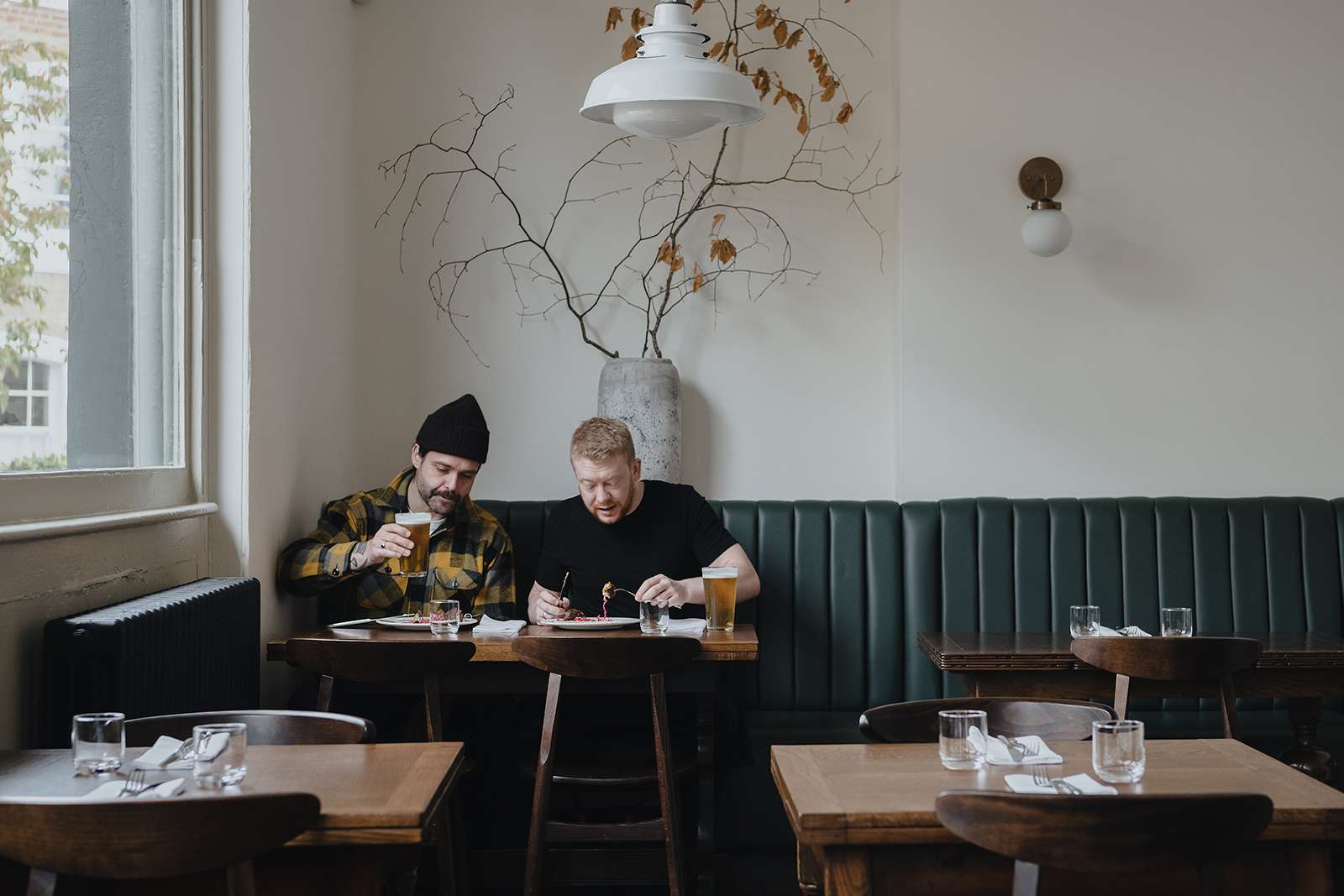
With an emphasis on local, seasonal produce and quality ingredients, Rob’s menu sings with dishes that are simple yet refined. Elegant cuts of meat and fish sit atop colourful, velveteen sauces. A bowl of ricotta gnudi is cloudlike and creamy. The chips are sensational (double fried and heavily salted – as they should be, Adam tells us). That isn’t to say it eschews traditional hearty pub fare: on Sundays you’ll find a good roast with all the usual trimmings – but your leafy greens just might come with added crunch and texture thanks to a pangrattato. And the design – spacious and minimal with a subtle nod to old city pubs, with its deep-green banquettes – is a bonus. Before Rob headed into the kitchen to cook up some lamb köftes (which he shares the recipe for below), he and Adam took some time out to talk about their new neighbourhood joint.
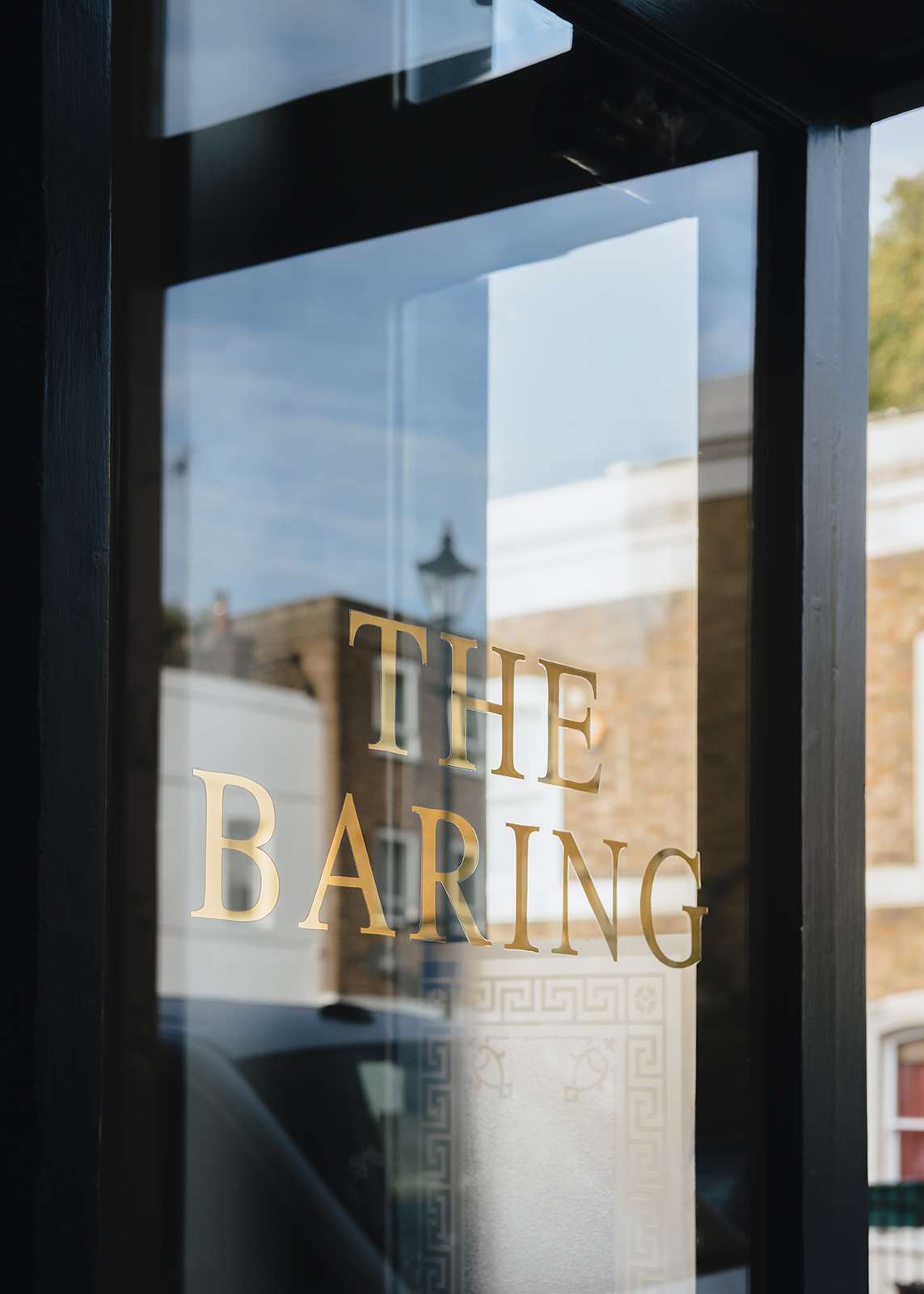
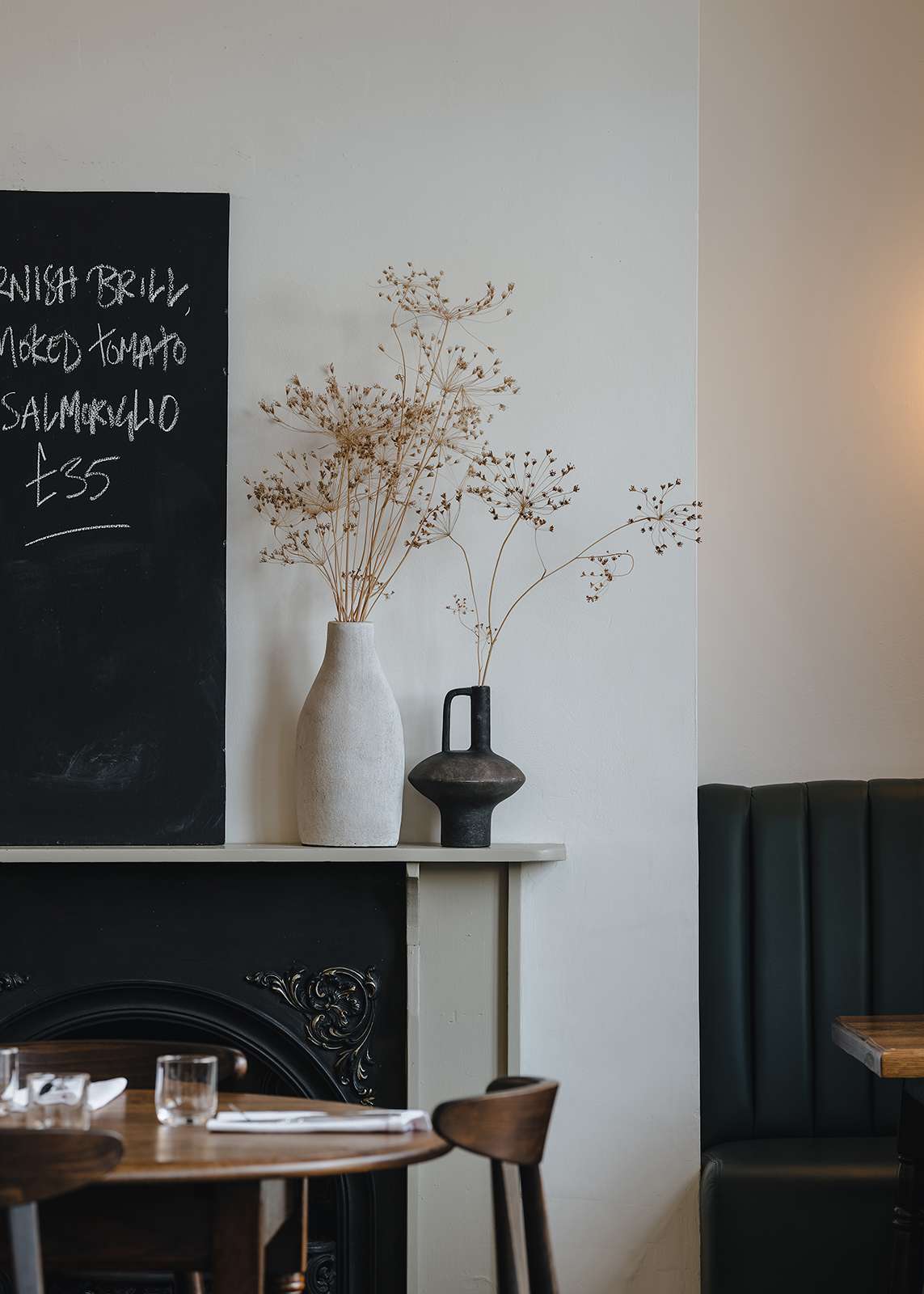
Adam: “Our original plan was to do a restaurant together – but then we just settled on doing a pub instead, which was partly because we thought it would suit Rob’s style of cooking. We never wanted to do a ‘pubby’ menu though.”
Rob: “I think the thing with the pub food is that people see it as being quite beige. Generally, you either think of dishes coming out of a deep-fat fryer or wrapped in pastry, whereas what we’re doing is a bit lighter. I really like cooking with fresh ingredients to make clean flavours.
“We trust seasonality and good producers. Our relationship with our suppliers is really important – we speak to them every day. They inform the menu; we’ll put certain things on the blackboard if we know we can get the ingredients delivered. We might incorporate tomatoes into a special because one of our contacts has a batch of great English ones on offer, for example. We try not to overthink things and just marry good ingredients together. Really, what I do is just simple, ingredient-led cooking. I know a lot of chefs say that but for us, it really is just about the ingredient. Making sure that what’s at the heart ends up on the plate.”
Adam: “We designed everything around the room – thought when we first saw this space, there were metal shutters in the window, we didn’t even realise how bright it was. As it was a pub before, the bar was already in place; we put the tables down near the windows and made sure the seats weren’t too close together. We wanted it to feel spacious.
“People also eat at the bar here and I like that. We definitely want this place to feel like a pub – it just happens to be one that’s full of people eating rather than just drinking.”
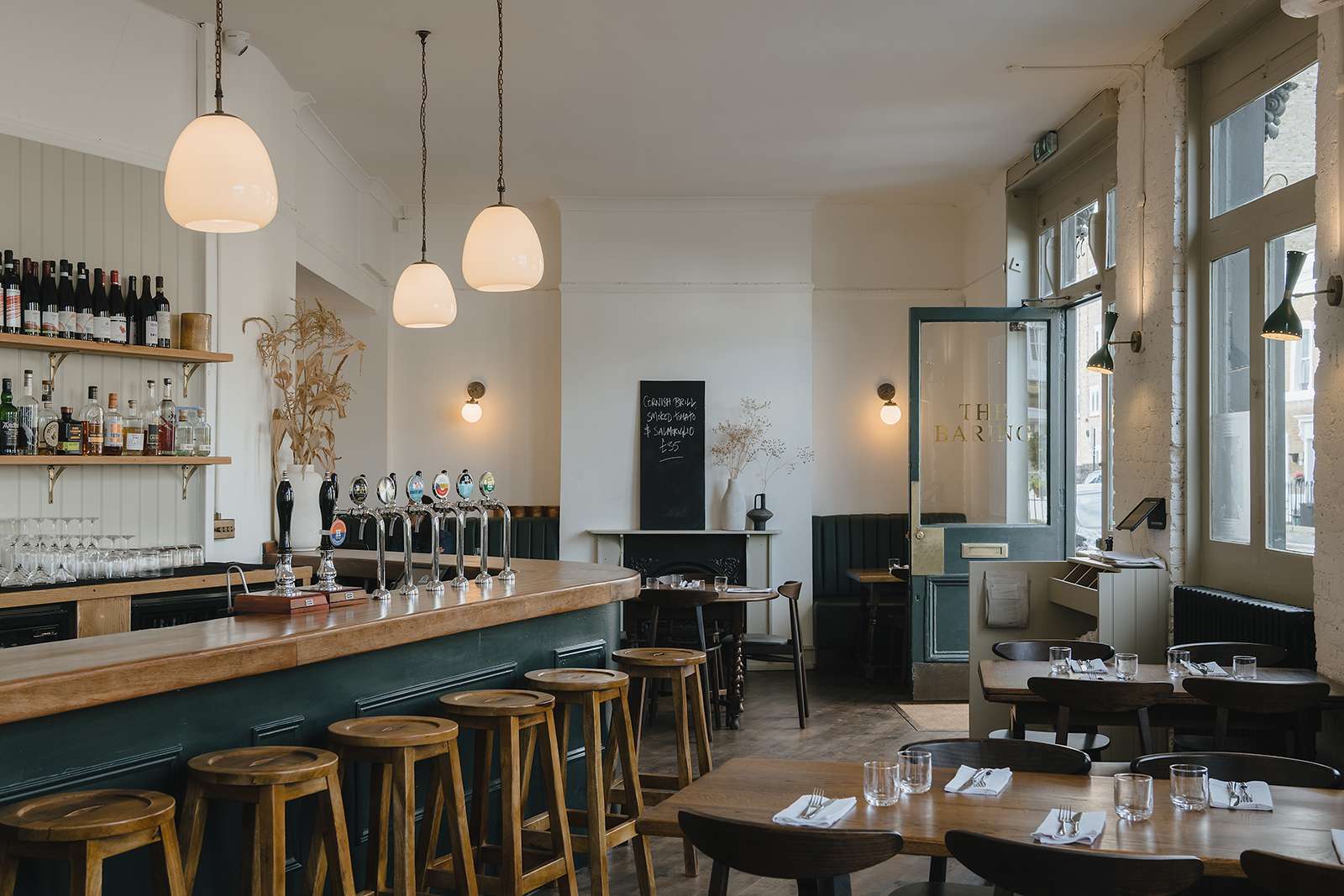
Rob: “I have always been around food. I started working as a kitchen porter in a local hotel back in Yorkshire when I was doing my GCSEs. At home, there was definitely a family ritual around food. We always sat around the table on a Sunday, for example; the classic meal I remember from home was a roast. It’s a bit different from the roast we do at The Baring, but our one here still has that real nostalgic feel to it.
Adam: “It’s similar for me. I also have really strong memories of a Sunday roast, sitting down with everyone. My dad was in the contract-catering business and he was a chef when he was a young lad, so he was always cooking at home. I also love cooking but I just don’t do it very much because it’s so busy here. I’m a really slow cook so I need a lot of time. Now, I usually just ask Rob for recipes.”
Rob: “I cook Mediterranean and Middle Eastern plates at home more than anything else. Working at Moro made me love that kind of food because it’s fresh and so full of flavour. And we spent a lot of time in Cyprus when I was a kid, eating things like lamb koftes.
“The lamb recipe I’m making today is somewhat inspired by that. We’ve had it on the menu here before. We use salt-marsh lamb that’s been raised on a coast farm near Caernarfon, in Wales. The sheep only eat wild sea herbs and other salty vegetation, which makes the meat super sweet. The recipe includes classic kebab flavours – garlic, chilli, pickles and a simple yoghurt sauce that cuts through the richness.
“The best tip I can give home cooks is to buy good, high-quality ingredients. That’s our philosophy here and it’s the same at home. Head to the local fishmonger’s, butcher’s and greengrocer’s when you can.”
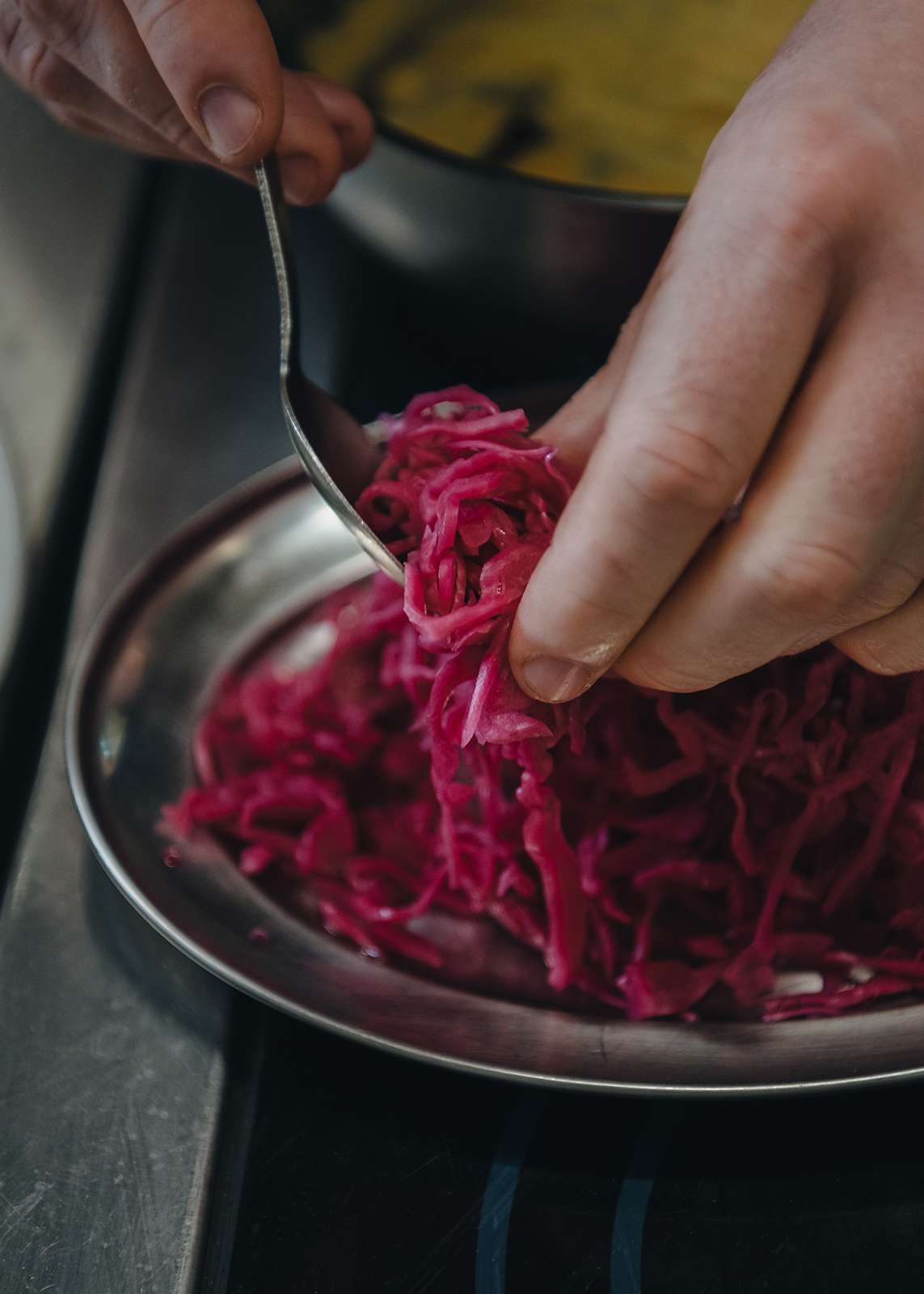
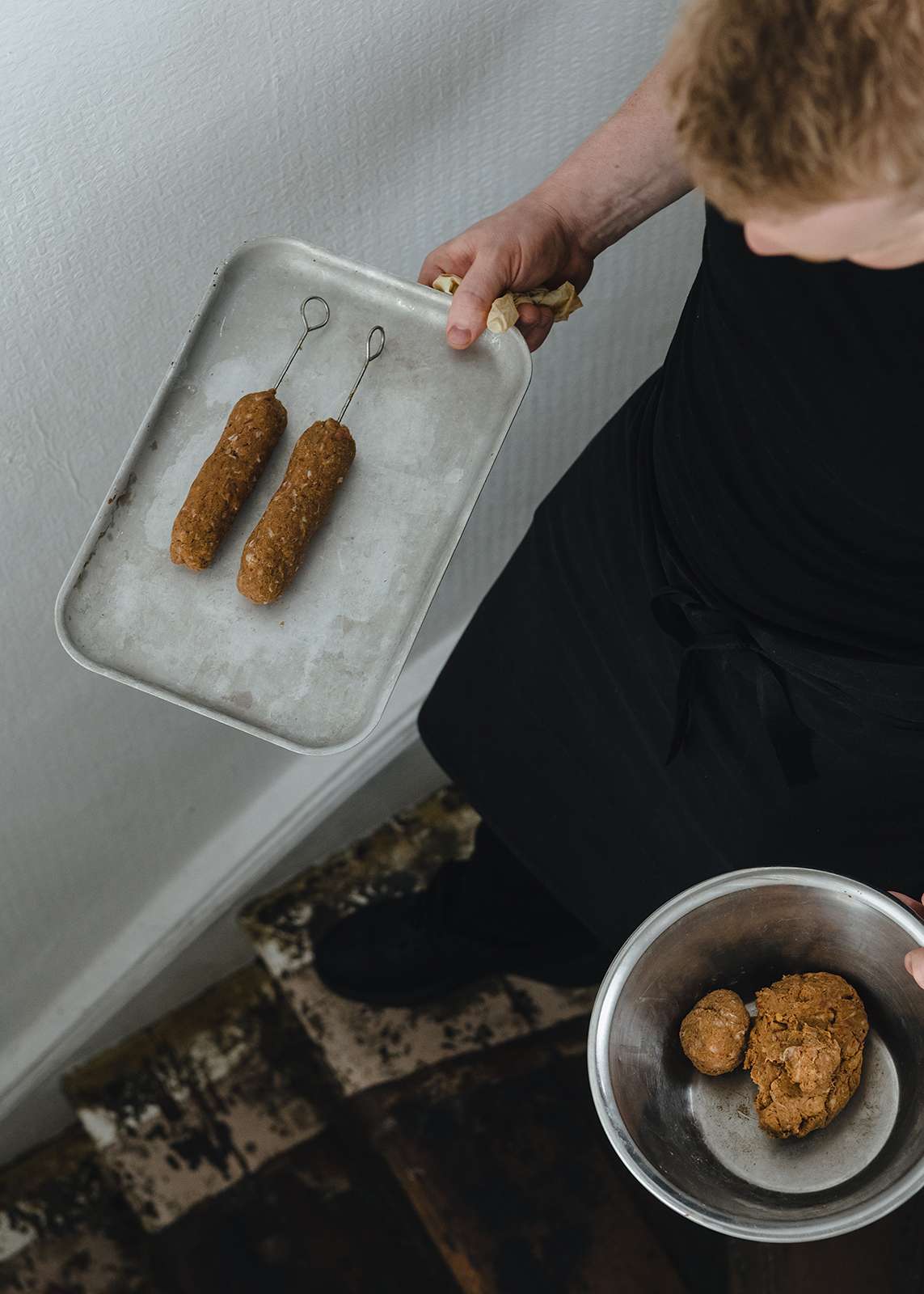
For the pickled red cabbage
375ml water
250g red wine vinegar
100g sugar
15g salt
1 red cabbage
For the köfte
500g lamb mince
40g breadcrumbs
40ml water
30g harissa
10g salt
10g ground cumin
6g ground allspice
6g ground cinnamon
6g ground coriander
8g dried oregano
For the garlic yoghurt
1 clove garlic
100g Greek yoghurt
5ml water
2g salt
2g sugar
For the chilli butter
250g butter
15g chilli flakes
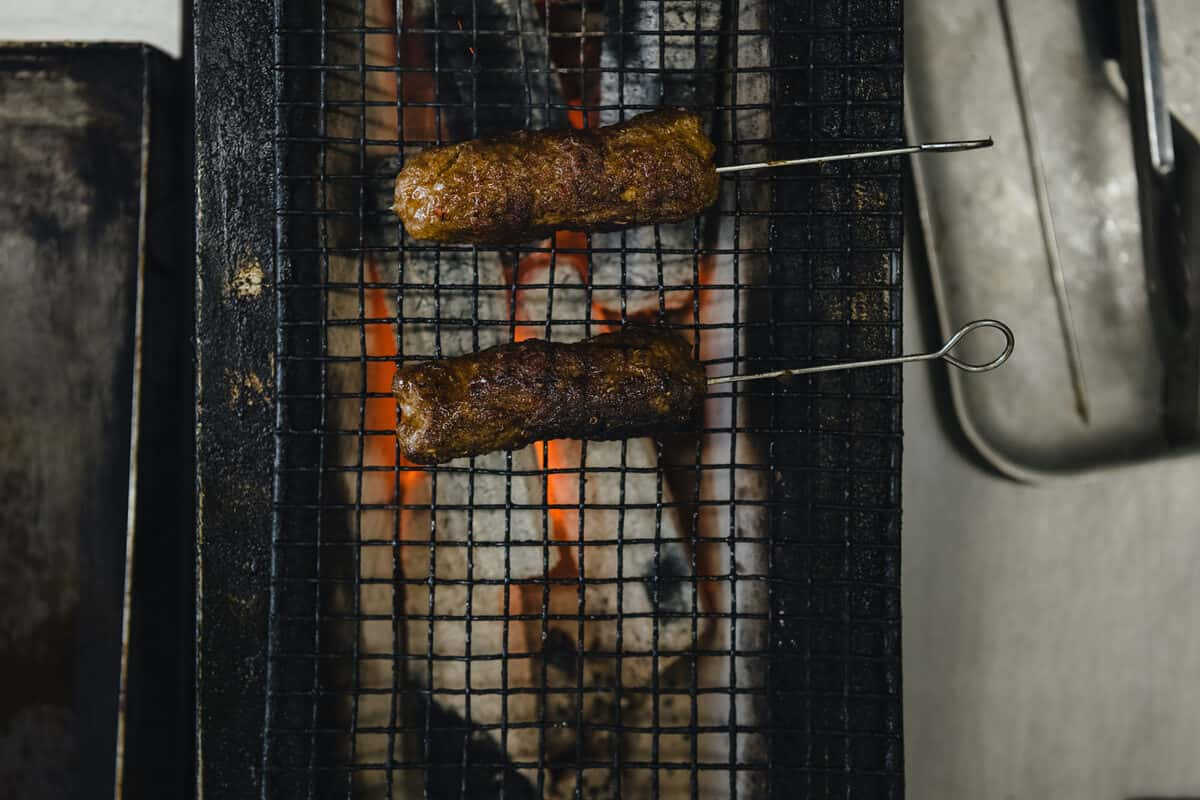
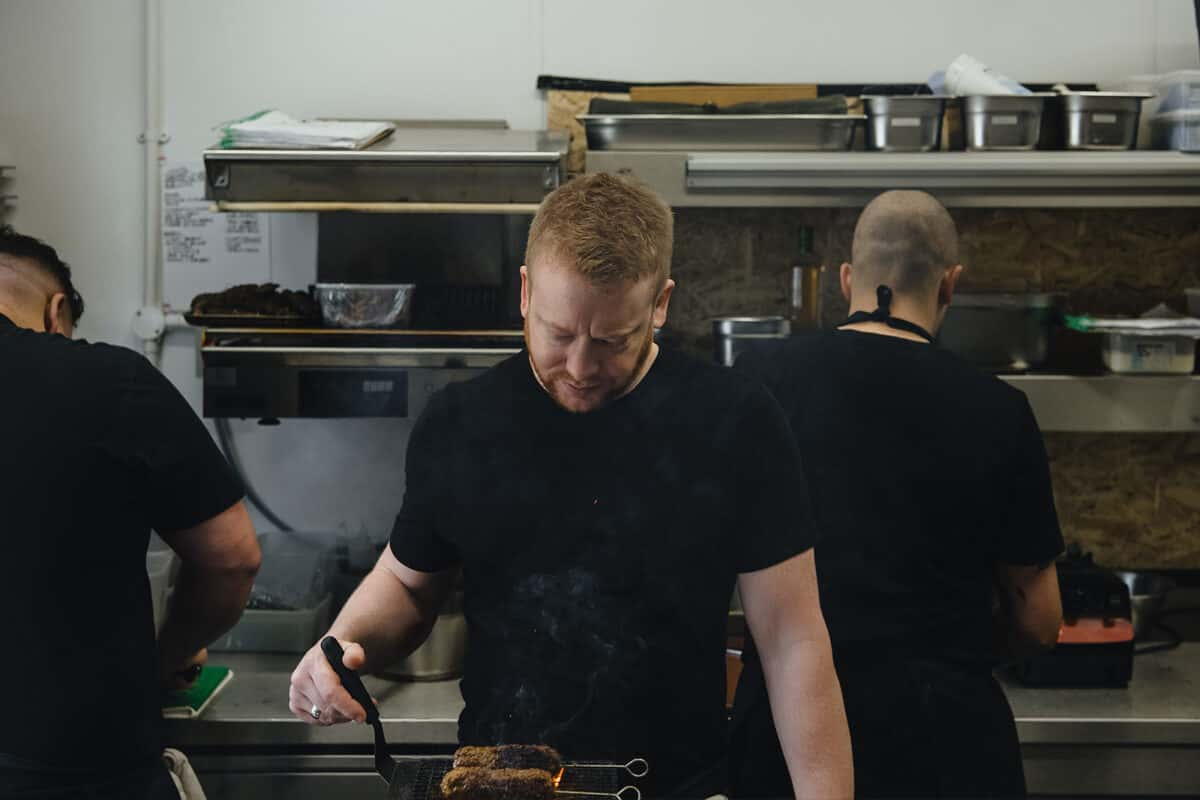
Start with pickling the red cabbage at least a day before using it. If you follow this recipe, you’ll end up with some leftover, but it keeps well and is delicious with almost anything. Bring everything – except the cabbage – to a boil then remove from heat and allow to cool. Then slice the cabbage as finely as possible and place it in the cold pickle liquid for at least 24 hours.
For the köfte, mix everything together then beat together until fully combined. Shape into sausages and allow the mixture to firm up in the fridge.
Next, make the garlic yoghurt. Finely grate the garlic into the Greek yoghurt and add the water, salt and sugar and whisk together fully combine.
For the chilli butter, place the butter in a pan and melt over a medium heat. Increase the temperature to caramelise, until nutty in colour and smell. Tip into another pan to stop it cooking. Whisk in the chilli flakes and leave to cool.
Cook the köfte over a medium-high heat, either on a BBQ or in a grill pan on the stove. They could also be cooked under a hot grill if you prefer. Turn frequently, colouring on all sides and, if needed, place in the oven for a few minutes until cooked through.
To finish, place a mound of cabbage on a plate, topping it with the köfte. Put a dollop of yoghurt next to it and generously spoon chilli butter over everything. Enjoy!
